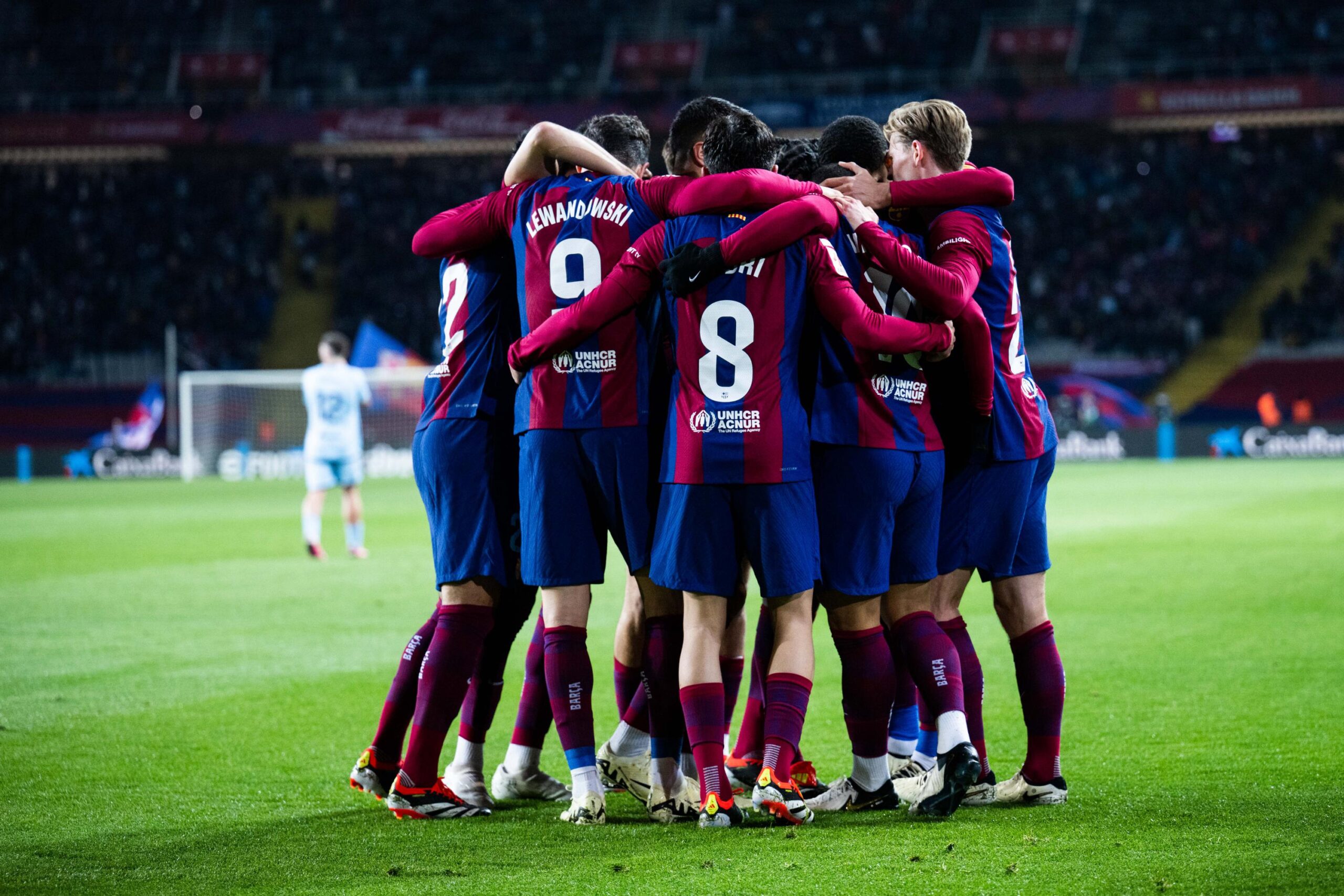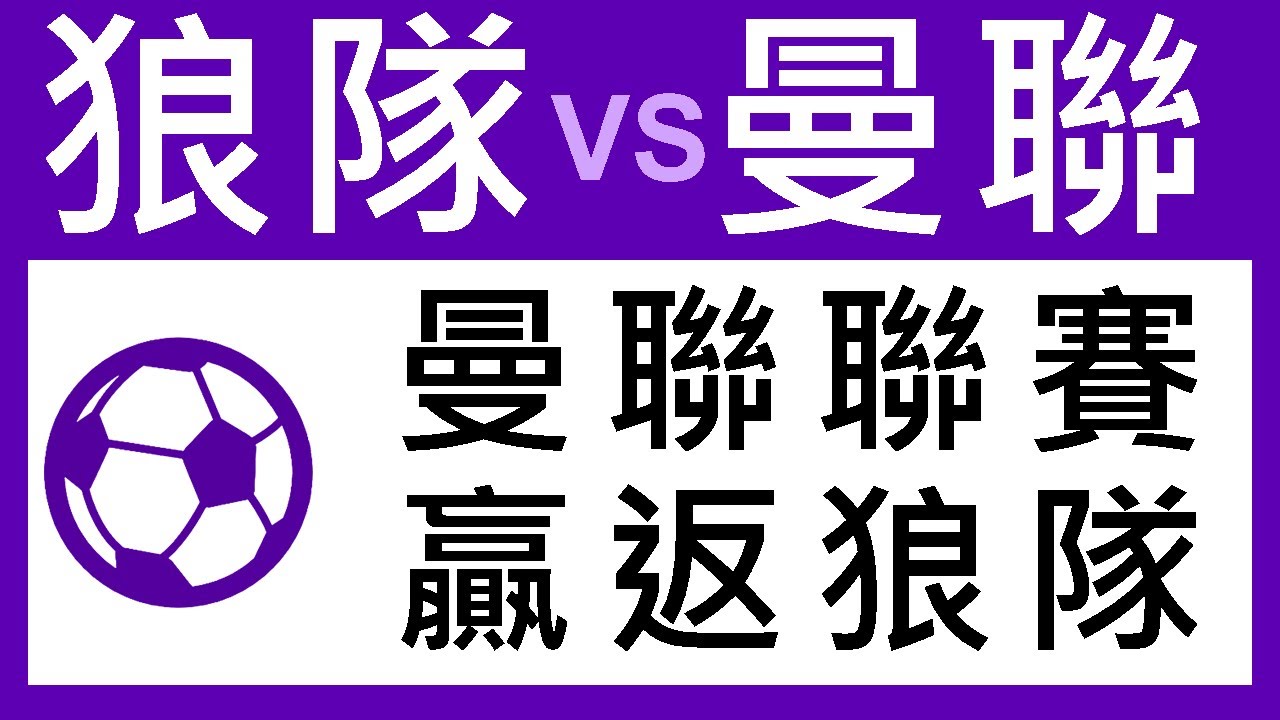
Introduction
Paris Saint-Germain (PSG) is more than just a football club; it is a symbol of ambition and success in the world of sports. Established in 1970, PSG has transformed from a local club into one of the most prestigious teams globally, consistently competing at the highest level. With significant investments and a star-studded roster, PSG is reshaping the landscape of European football, making it a focal point of interest for fans and analysts alike.
Recent Developments
As of October 2023, PSG continues to dominate headlines with its strategic signings and impressive performances in both domestic and European competitions. The club has recently secured the talents of several high-profile players, including striker Kylian Mbappé, who remains a vital component of their attack. Under the guidance of manager Luis Enrique, the team has shown remarkable resilience and creativity in their play style, earning them a strong position in Ligue 1.
During the current season, PSG is noted for its recent performances in UEFA Champions League matches, where they have demonstrated their capability to compete against some of the strongest teams in Europe. Analysts are closely watching how the club manages its roster, with potential strategies emerging regarding player utilisation and squad depth as the tournament progresses. This year, the club is hopeful of achieving its elusive goal of winning the Champions League, a title that has been just out of reach in recent years.
Market Impact and Financial Aspects
PSG’s investments extend beyond the pitch. The club is notably influential in the sports marketing arena, generating substantial revenue from merchandise sales and sponsorship deals. Partnerships with major brands exemplify PSG’s marketability, affirming its position as one of the richest clubs globally. Data from the 2022-2023 season indicated PSG generated over €700 million in revenue, showcasing its profitable business model.
The financial backing from Qatari Sports Investments has played a pivotal role in enabling the club to procure top talent while maintaining a competitive edge. Additionally, the club’s global reach allows it to attract fans from various regions, which further solidifies its status and revenue streams. As PSG navigates these financial waters, managing player wages and compliance with financial fair play regulations will be crucial for future success.
Conclusion
Paris Saint-Germain has clearly established itself as a footballing force with the potential to redefine European football dynamics. With significant ambition, a robust financial framework, and an array of sporting talent, PSG’s trajectory indicates it will remain a key player on the world stage in the years to come. For fans and stakeholders, the club presents an exciting future as their aspirations for success in both domestic and international realms continue to grow.
You may also like

The Legacy and Current Standing of Osasuna FC

狼隊 對 曼聯: 比賽回顧與未來展望
